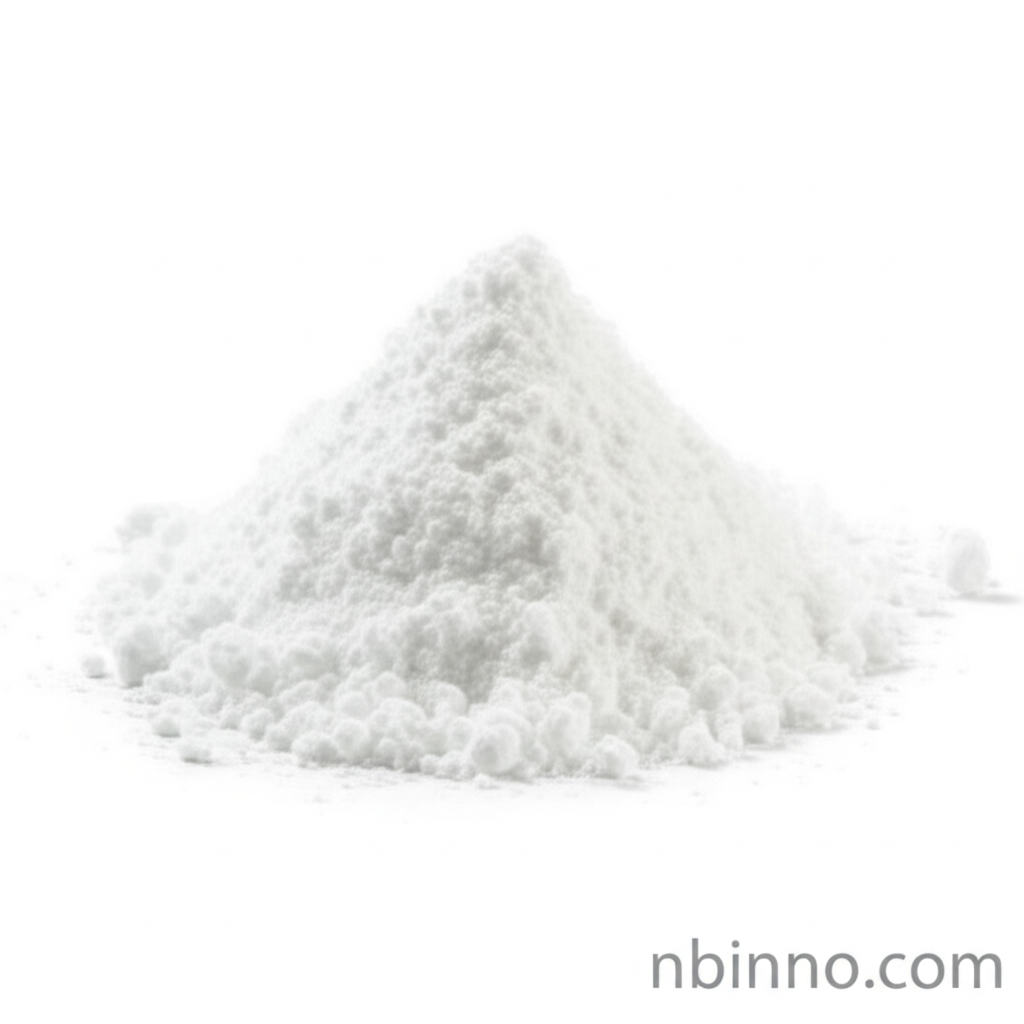Understanding 2,6-Dihydroxypurine: A Comprehensive Guide
Explore the properties and diverse applications of this vital purine derivative in pharmaceuticals and beyond.
Get a Quote & SampleProduct Core Value

2,6-Dihydroxypurine
2,6-Dihydroxypurine, also known as Xanthine, is a naturally occurring purine derivative fundamental to numerous biological processes. It serves as a key intermediate in the purine degradation pathway and finds significant utility as a pharmaceutical intermediate and a biochemical reagent.
- Explore the role of 2,6-Dihydroxypurine as a pharmaceutical intermediate in the synthesis of various therapeutic compounds.
- Discover the properties of Xanthine biochemical applications in research settings, aiding in the study of metabolic pathways.
- Learn about the natural occurrence of 2,6-Dihydroxypurine in various organisms and its presence in bodily fluids.
- Understand the importance of CAS 69-89-6 as a readily available chemical for research and development purposes.
Key Advantages
Versatile Pharmaceutical Applications
Leverage 2,6-Dihydroxypurine's utility as a crucial building block in the development of pharmaceuticals, potentially impacting treatments for various health conditions.
Valuable in Biochemical Research
Utilize this purine derivative for in-depth biochemical research, aiding in the understanding of metabolic disorders and enzyme functions, crucial for scientific advancement.
Reliable Chemical Source
Source high-purity 2,6-Dihydroxypurine (CAS 69-89-6) from trusted suppliers, ensuring consistency and reliability for your critical research and production needs.
Key Applications
Pharmaceutical Development
As a pharmaceutical intermediate, 2,6-Dihydroxypurine is vital for synthesizing drug candidates and active pharmaceutical ingredients.
Biochemical Research
Its involvement in metabolic pathways makes it a key reagent in biochemical research, particularly for studying enzyme kinetics and cellular processes.
Nutritional Science
The compound's presence in natural sources and its metabolic role make it relevant for research in nutritional science and understanding dietary impacts.
Clinical Diagnostics
Monitoring 2,6-Dihydroxypurine levels can provide insights into certain metabolic disorders, supporting its use in clinical diagnostic applications.
Related Technical Articles & Resources
Why Choose Us?
Leverage our expertise and state-of-the-art infrastructure to accelerate your journey from discovery to commercial success.
Global Experience
With 20 years of R&D, manufacturing, and sales experience, we proudly serve clients across 60 countries and regions worldwide.
Advanced Facilities
Our in-house R&D laboratory, pilot platform, and large-scale production workshop are equipped to meet the audit requirements of global customers.
Seamless Scalability
We facilitate a perfect transition from small-scale lab requirements (grams) to full commercialization (hundreds of tons).
